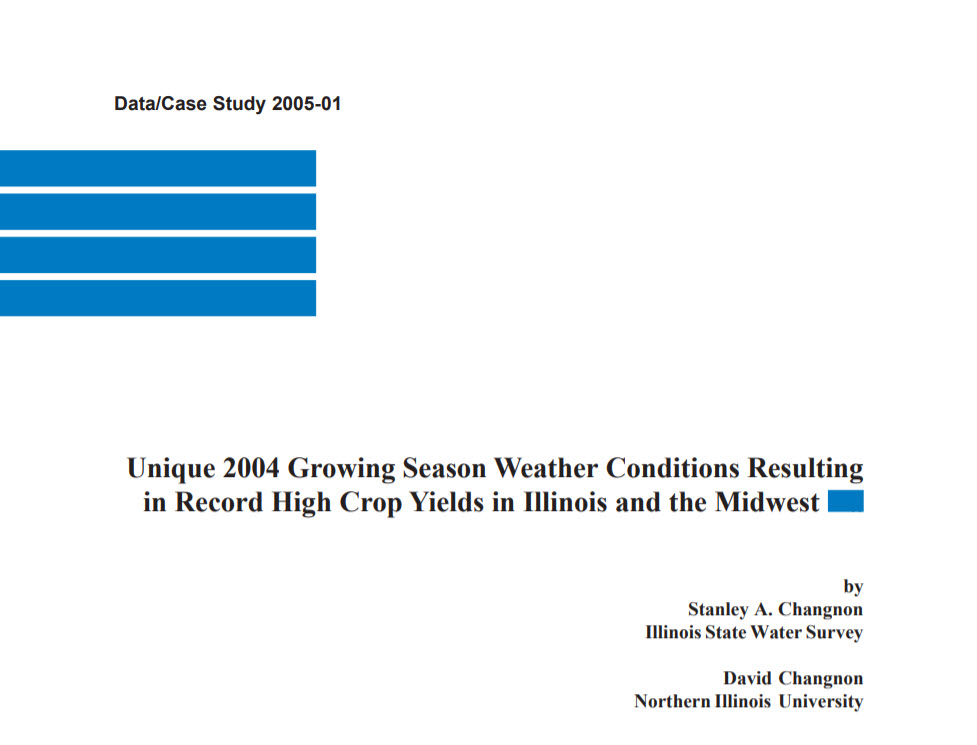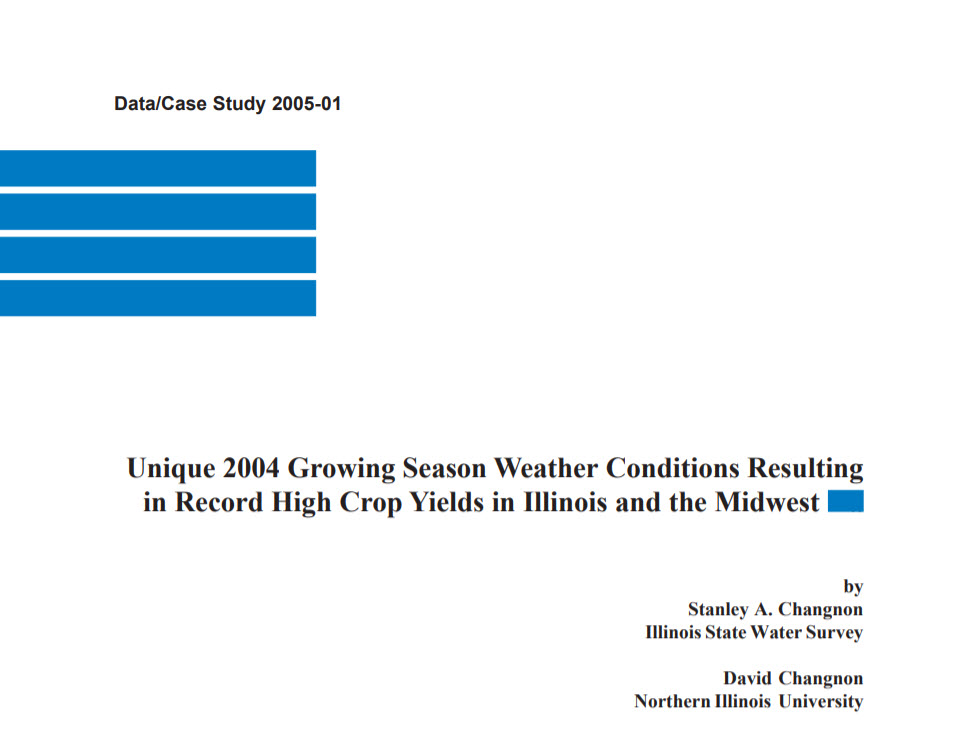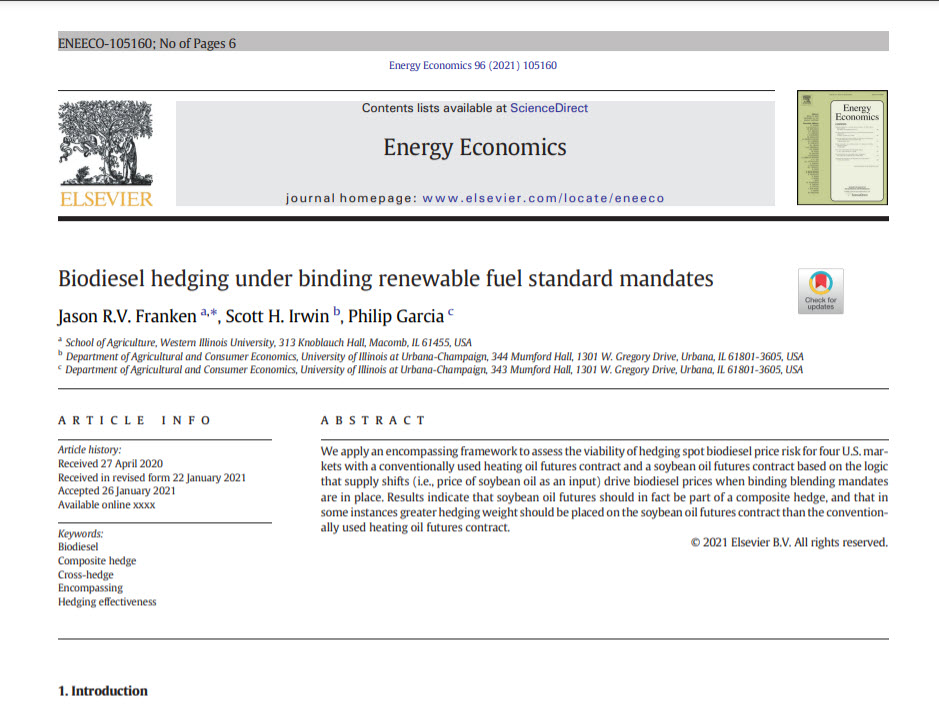
1. With #pft21 in full swing this week, thought it would be a good time to share something I have been digging into on corn yields: wildfires. You read that right: wildfires. Lots of smoke and haze around this summer and we know photosynthesis needs energy from the sun. 

2. I want to begin with a foundational fact about corn yields that I learned from the great Ken Cassman, now retired from Agronomy Dept. at Univ of NE. He was kind enough to exchange emails with me awhile back and instruct me on some corn yield basics.
3. This is from a 2010 book chapter that Ken co-authored. The right panel shows the strong relationship between the total solar radiation absorbed by the corn plant post-silking and yield. Note high R2 

4. What does this really tell us? IF solar radiation is roughly constant per day, then the longer is the post silking period the higher will be corn yield. And possibly by a lot. This is why post-silking temps are so important. 

5. The cooler the post-silking temps, the longer the corn plant will live and the longer the grain fill period. That simple. All of this assumes that solar radiation is roughly constant per day during the post-silking grain fill period. Typically a reasonable assumption. 

6. But all this wildfire talk got me to thinking of a very nice study of the the corn yield in 2004 by the legendary Stan Changnon and his son. Highly recommend it. Found here: isws.illinois.edu/pubdoc/DCS/ISW… 

7. Stan and his son tried to figure out why corn yields in IL in 2004 were so high. They concluded that among other factors, the summer of 2004 had an unusually high number of clear sunny days. Apparently, some weather stations in IL collected this data historically. 

8. Hopefully I have now convinced you that there is a scientifically valid reason to think that smoke from wildfires could be a negative factor for corn yields here in the US. Less solar radiation in general, but especially post-silking, can lead to lower yields.
9. A very timely new article from a Pioneer agronomist, Mark Jeschke, "Is Smoke from Wildfires Affecting Crop Yields?" found here corteva.showpad.com/share/OUqawYGy… 

10. So it turns out that the actual relationship between wildfire smoke and corn yield is quite complicated (and beyond my agronomic knowledge base to fully understand). But the bottom line is that the potential for it to be a yield drag is real. 

11. So, looks like corn yield modelers need to start thinking about coming up with measures of solar radiation to test in their models. Sure some are already doing this in the private sector. Does anyone know if NOAA has this kind of data?
12. Adding a comment to the thread. I am not taking a position on the magnitude of corn yield impact of wildfire smoke. Instead, something that is worthwhile to think about and investigate.
• • •
Missing some Tweet in this thread? You can try to
force a refresh









